Falcons are raptors, or birds of prey, with sharp talons on their feet, and sharp curved beaks. They are incredibly skilled predators on the wing, and their narrow wings enable them to maneuver perfectly in the air. There are approximately 40 different species of these birds, all in the taxonomic genus Falco. Their closest relatives are the caracaras. Read on to learn about the Falcon.
Description of the Falcon
Falcons vary in their size and plumage, but they are similar in body shape. All species of them have narrow wings to better maneuver through the air. Most species have white, black, gray, tan, or brown feathers.
As birds of prey go, they are relatively large, though some species are quite small. The smallest species is just 10 inches long, while the largest is 24 inches long. At their heaviest, these birds exceed 4 pounds, while the smallest species weigh just one ounce!
Interesting Facts About the Falcon
There are many different species of Falcons, and each is different from the next. Below, we highlight a few of the most interesting species in the Falcon family.
- Seychelles Kestrel – This species is the smallest of the Falcons, at just 10 inches long on average. These little birds live only on the Seychelles Islands off the coast of Africa. Like many species endemic to islands, the IUCN lists the Seychelles kestrel as Vulnerable to extinction.
- GyrFalcon – On the opposite side of the size spectrum is the GyrFalcon, which is the largest species in the family. They are 2 feet long, and some individuals weigh over 4 Because they are so large, these birds can hunt a wide variety of prey, from rabbits and gulls to other birds of prey.
- Peregrine Falcon – This species is the fastest animal on earth. Though they are fast on the wing, they reach their top speeds while diving. During a dive, this bird sometimes exceeds 200 mph or more! They use these dives to capture their prey before it knows what hit it.
- Saker Falcon – These birds live throughout northern Africa, parts of Europe, the Middle East, and Asia. Sadly, this species is threatened with extinction, and the IUCN lists Saker Falcons as Endangered. Some of their greatest threats are habitat destruction and collisions with power lines resulting in electrocution.
Habitat of the Falcon
These birds live in a huge variety of habitats across the globe. They inhabit everything from desert to Arctic tundra. Some of the different ecosystems that these birds utilize include grasslands, wetlands, mountains, forests, estuaries, taiga, estuaries, scrublands, and more.
Some species thrive in more urban areas, like farms, parks, gardens, and even busy cities. Habitat preference varies from species to species, though many species share habitat types.
Distribution of the Falcon
Different species of Falcons live across nearly every landmass on earth. The only areas that these birds do not inhabit are the northernmost reaches of the Arctic Circle, and Antarctica. These birds live throughout North, Central, and South America, as well as Eurasia, Africa, Australia, and the surrounding islands.
Species diversity is much higher throughout South America and Africa than it is across the rest of their range. Each species has its own range, though many species have overlapping populations.
Diet of the Falcon
Falcons are carnivores, which means that their diet is primarily composed of meat. Different species hunt different types of prey, but most are opportunists and hunt whatever is easiest for them to catch. Some species do specialize on just a few types of prey, but most eat a wide variety of foods.
They hunt on the wing, either by diving to snatch prey off the ground, or by soaring after their prey in the air. Some of the different types of prey that they hunt include birds, mice, rats, rabbits, voles, gulls, other raptors, snakes, fish, insects, frogs, and more.
Falcons vs. Hawks
Hawks and Falcons are quite similar looking birds, but they are not closely related genetically. The easiest way to tell the difference between a hawk and a Falcon is by observing their hunting behavior. Falcons are more agile on the wing, while hawks have broader wings that cannot maneuver as well. When a Falcon catches its prey, it uses its beak to kill it, while hawks use their powerful talons.
Falcon and Human Interaction
Human interaction with these birds varies drastically from species to species. Humans use many different species of Falcons in Falconry (hence the name, Falconry). However, human activity negatively impacts most wild Falcons.
The extent of this impact on a given population varies greatly from species to species. Some species suffer heavily from habitat destruction or pollution, while others have stronger populations. Habitat destruction is by far the greatest threat, but car collisions, poisoning, pollution, electrocution, and illegal hunting all impact these birds.
Domestication
Even though these birds are used in Falconry, humans have not domesticated them in any way.
Does the Falcon Make a Good Pet
No, these birds do not make good pets. Owning one requires many different permits, forms, and caging inspections. You must also have several years of experience in Falconry before you can apply for permits yourself. It is illegal to own, harass, capture, or kill a Falcon without the proper permits.
Falcon Care
There are a variety of different Falcon species in zoos and aquariums. Zookeepers feed them a variety of food, including mice, rats, rabbits, chicks, fish, and more.
These birds make wonderful ambassadors, and zookeepers train a number of different species to stand on gloves or even fly for presentations. These types of educational presentations are incredibly important for teaching the public about the importance of conservation.
Behavior of the Falcon
Like most birds of prey, Falcons are usually solitary outside of the breeding season. However, some species do congregate around plentiful food sources. They spend their days hunting for prey, and resting on tall perches.
Some species also hunt during the early morning or late evening, around sunrise or sunset. Some Falcons do not migrate, while others participate in partial migrations or full migrations depending on the species and the region.
Reproduction of the Falcon
Most of these birds are monogamous, and some species continue to breed with the same partner year after year. They typically defend a territory in the area surrounding their nesting site. However, some species do nest in larger colonies of birds.
Female Falcons take all responsibility for incubation, while males hunt for prey. Most clutches contain between two and four eggs, and incubation usually lasts about a month. The amount of time it takes for the chicks to learn how to fly varies from species to species.



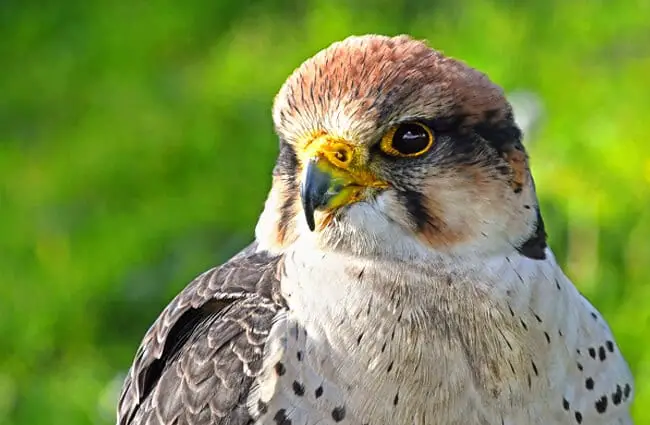
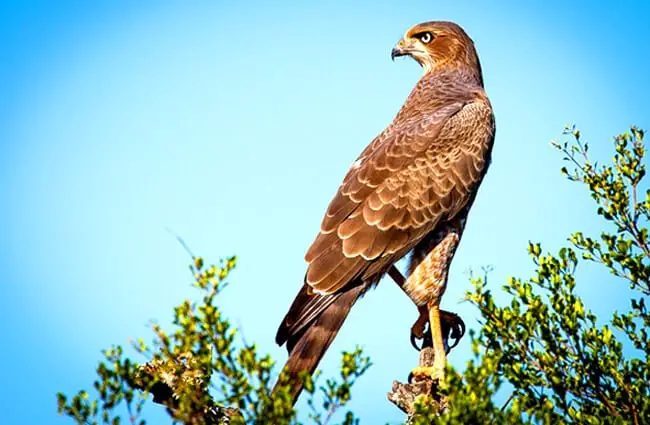

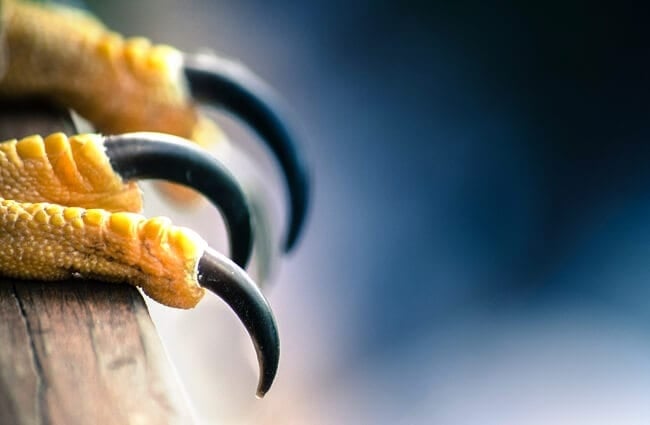
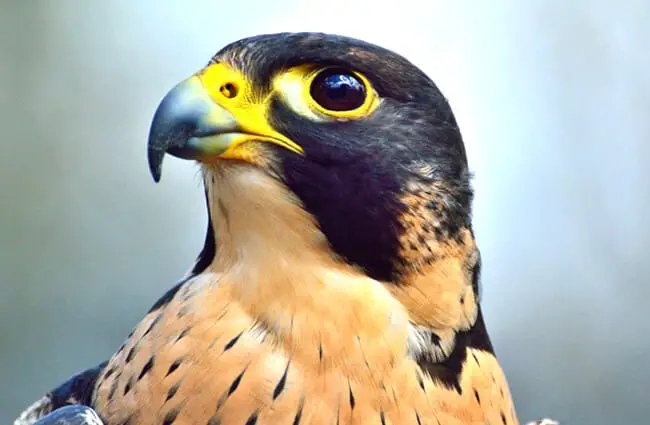


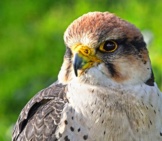

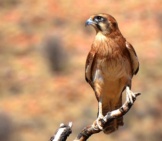
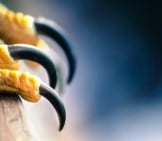
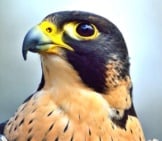
![Red Angus Closeup of a beautiful Red Angus cowPhoto by: U.S. Department of Agriculture [pubic domain]https://creativecommons.org/licenses/by/2.0/](https://animals.net/wp-content/uploads/2020/03/Red-Angus-4-238x178.jpg)












![Red Angus Closeup of a beautiful Red Angus cowPhoto by: U.S. Department of Agriculture [pubic domain]https://creativecommons.org/licenses/by/2.0/](https://animals.net/wp-content/uploads/2020/03/Red-Angus-4-100x75.jpg)

